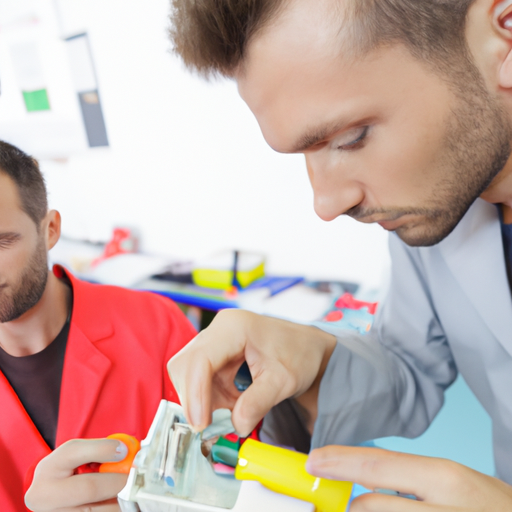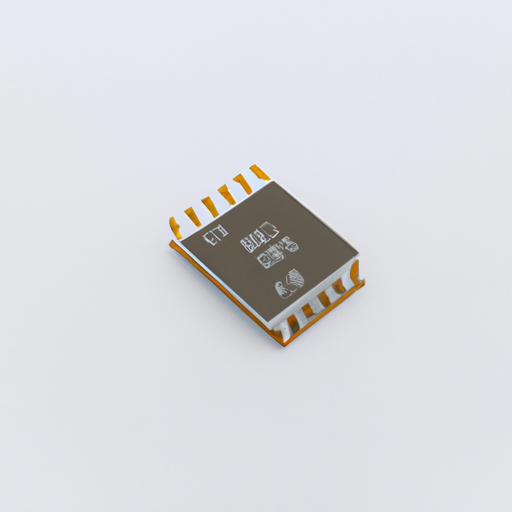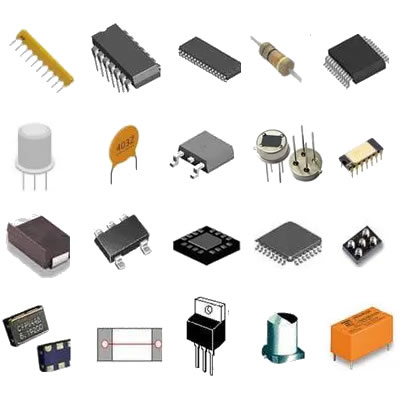Precautions for washing machine capacitor product training
Precautions for Washing Machine Capacitor Product Training
I. Introduction
Washing machines are essential appliances in modern households, making laundry tasks more manageable and efficient. At the heart of these machines lies a crucial component: the capacitor. Understanding the role of capacitors, their types, and the precautions necessary for handling them is vital for anyone involved in the maintenance or repair of washing machines. This blog post aims to provide a comprehensive overview of washing machine capacitors, focusing on safety precautions, identification of faulty components, proper handling, and maintenance practices. Whether you are a technician, a DIY enthusiast, or simply someone interested in appliance care, this guide will equip you with the knowledge needed to work safely and effectively with washing machine capacitors.
II. Understanding Washing Machine Capacitors
A. Definition and Function of Capacitors in Washing Machines
Capacitors are electrical components that store and release energy. In washing machines, they play a critical role in starting and running the motor. By providing an initial boost of energy, capacitors help the motor overcome inertia and start spinning. Once the motor is running, the capacitor continues to supply energy, ensuring smooth operation.
B. Types of Capacitors Used in Washing Machines
There are primarily two types of capacitors used in washing machines:
1. **Start Capacitors**: These capacitors provide the necessary torque to start the motor. They are typically used in single-phase motors and are designed to discharge quickly, providing a burst of energy when the machine is turned on.
2. **Run Capacitors**: Unlike start capacitors, run capacitors remain in the circuit while the motor is running. They help improve the efficiency of the motor and maintain a consistent performance level.
C. Role of Capacitors in Machine Performance
The performance of a washing machine is heavily reliant on its capacitors. A faulty capacitor can lead to various issues, including the machine not starting, inconsistent spinning, or even complete failure. Understanding how these components function is essential for diagnosing problems and ensuring the longevity of the appliance.
III. Safety Precautions Before Handling Capacitors
A. Importance of Safety in Electrical Components
Working with electrical components, including capacitors, poses inherent risks. Safety should always be the top priority when handling these parts. Proper precautions can prevent accidents, injuries, and damage to the appliance.
B. Personal Protective Equipment (PPE)
Before beginning any work on washing machine capacitors, it is crucial to wear appropriate personal protective equipment (PPE):
1. **Gloves**: Insulated gloves protect against electric shock and provide a barrier against sharp edges or broken components.
2. **Safety Goggles**: Protect your eyes from debris or accidental discharges that may occur during capacitor handling.
3. **Insulated Tools**: Using insulated tools minimizes the risk of accidental contact with live electrical components.
C. Understanding Electrical Hazards
1. Risk of Electric Shock
Capacitors can store a significant amount of electrical energy, even after the power supply has been disconnected. This stored energy can lead to electric shock if not properly handled. Always assume that capacitors are charged until you have verified otherwise.
2. Capacitor Discharge Procedures
Before working on a capacitor, it is essential to discharge it safely. This can be done using a resistor or a capacitor discharge tool. Always follow the manufacturer’s guidelines for discharging capacitors to avoid accidents.
IV. Identifying Faulty Capacitors
A. Signs of Capacitor Failure
Recognizing the signs of a faulty capacitor is crucial for timely repairs. Common indicators include:
1. **Unusual Noises**: If the washing machine emits strange sounds, such as humming or buzzing, it may indicate a capacitor issue.
2. **Machine Not Starting**: A washing machine that fails to start could be a sign of a faulty start capacitor.
3. **Burning Smell**: A burning odor may suggest overheating or damage to the capacitor, necessitating immediate attention.
B. Testing Capacitors
1. Using a Multimeter
A multimeter is an essential tool for testing capacitors. Set the multimeter to the capacitance setting and connect the leads to the capacitor terminals. A reading significantly lower than the capacitor’s rated capacitance indicates a failure.
2. Visual Inspection Techniques
Inspecting capacitors visually can also reveal signs of failure. Look for bulging, leaking, or discoloration, which are indicators that the capacitor needs replacement.
V. Proper Handling and Installation of Capacitors
A. Guidelines for Removing Old Capacitors
When replacing a capacitor, follow these guidelines:
1. **Disconnecting Power Supply**: Always ensure the washing machine is unplugged before starting any work.
2. **Documenting Connections**: Take photos or make notes of the capacitor connections to ensure correct reinstallation.
B. Installing New Capacitors
1. Correct Orientation and Placement
When installing a new capacitor, ensure it is oriented correctly. Most capacitors have markings indicating the positive and negative terminals. Incorrect installation can lead to failure or damage.
2. Ensuring Secure Connections
Make sure all connections are tight and secure to prevent arcing or disconnection during operation.
C. Importance of Using Manufacturer-Recommended Parts
Using parts recommended by the manufacturer ensures compatibility and reliability. Aftermarket parts may not meet the necessary specifications, leading to further issues down the line.
VI. Maintenance and Care of Washing Machine Capacitors
A. Regular Inspection Schedules
Establishing a regular inspection schedule for washing machine capacitors can help identify potential issues before they escalate. Aim to check capacitors at least once a year or more frequently if the machine is used heavily.
B. Cleaning and Environmental Considerations
Keep the area around the capacitor clean and free from dust and debris. Excessive dirt can lead to overheating and premature failure.
C. Signs That Indicate the Need for Replacement
Be vigilant for signs that indicate a capacitor may need replacement, such as decreased performance, unusual noises, or visible damage.
VII. Troubleshooting Common Issues Related to Capacitors
A. Common Problems and Their Solutions
1. **Machine Not Starting**: If the washing machine fails to start, check the start capacitor first. If it is faulty, replace it.
2. **Inconsistent Performance**: If the machine runs erratically, the run capacitor may be the culprit. Testing and replacing it can restore proper function.
B. When to Seek Professional Help
If you encounter issues beyond your expertise or if the problem persists after replacing the capacitor, it may be time to consult a professional technician. They can provide a thorough diagnosis and ensure safe repairs.
VIII. Conclusion
In conclusion, understanding washing machine capacitors and the precautions necessary for handling them is essential for anyone involved in appliance maintenance. By following safety guidelines, recognizing signs of failure, and adhering to proper installation and maintenance practices, you can ensure the longevity and efficiency of washing machines. Remember, safety should always come first, and ongoing education in appliance care will benefit both technicians and homeowners alike.
IX. Additional Resources
For those looking to expand their knowledge further, consider the following resources:
A. Recommended Reading Materials
- "Electrical Components for Appliances" by John Smith
- "Understanding Capacitors: A Guide for Technicians" by Jane Doe
B. Online Tutorials and Videos
- YouTube channels dedicated to appliance repair often feature tutorials on capacitor testing and replacement.
C. Contact Information for Further Inquiries
For specific questions or concerns, feel free to reach out to local appliance repair professionals or manufacturers for guidance.
By following the guidelines outlined in this blog post, you can confidently handle washing machine capacitors, ensuring both safety and efficiency in your appliance maintenance endeavors.







